Recently, long-time reader Sarah asked me about the difference between getting a 15- or a 30-year mortgage. I’ve written before about why I love our 15-year mortgage. We’ve gotten a 15-year mortgage on three properties: our house in New Hampshire, our house in North Carolina, and our apartment in Chile. A 15-year mortgage has helped us build equity, save more each year, and pay less in interest.
But what if you live in a high cost-of-living area, and the payment on a 15-year mortgage isn’t feasible? What if you plan to stay there for awhile, and renting doesn’t make a lot of sense? Or what if, for a variety of reasons, you want to buy a house, but you can’t make a 15-year mortgage payment work?
On a back-of-the-napkin calculation, it’s clear to see why many people choose a 15-year mortgage is superior. You pay a lot less in interest. But, you also have a much higher monthly payment (for 15 years).
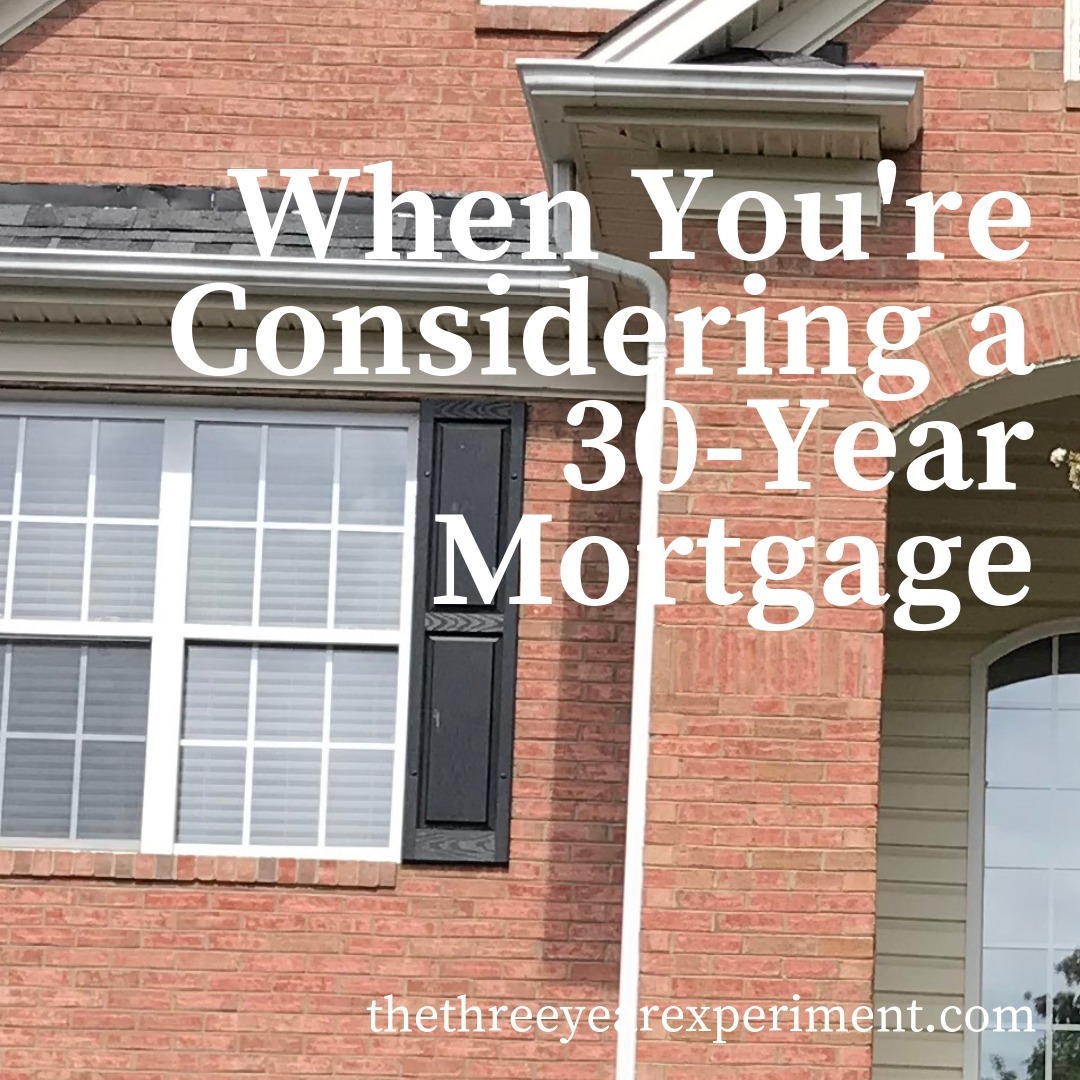
You’ve got a $300,000 loan at 4.82% for 30 years or 4.13% for 15 years. In total, you’ll pay $567,944.93 for the 30-year loan, but only $402,958.48 for the 15-year loan. While in this scenario, the 15-year mortgage seems like a no-brainer, when you look at the monthly payment, it’s another story.
The payment on the 5-year loan is $2,239, $676 (or nearly 50%) more than the monthly payment for the 30-year loan ($1,578).
The Lower Payment
There is no denying that the draw of the 30-year mortgage for millions of families is its affordability. Of course, that “affordability” means monthly payment affordability, since you’ll usually pay a higher interest rate, fees, and mortgage insurance premiums on top of your longer amortization period.
Even so, for many families who want to buy in a higher-cost-of-living area, a 30-year mortgage is the only way they can make it work.
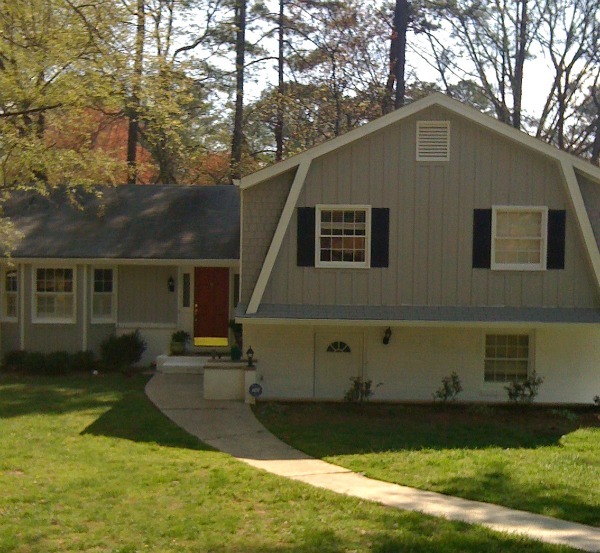
So what are you realistically sacrificing with a 30-year versus a 15-year mortgage? And if it’s such a bad idea, why do so many financially astute people take out 30-year mortgages?
Cash Flow
Financial Samurai has an interesting article where he recommends you keep your total housing costs at 10% of your gross income, or work towards getting there. He doesn’t account for a longer mortgage, though. He makes the argument that if you can keep housing costs low, it will give you the ability to invest massive amounts, and feel like you’re making significant progress towards FI.
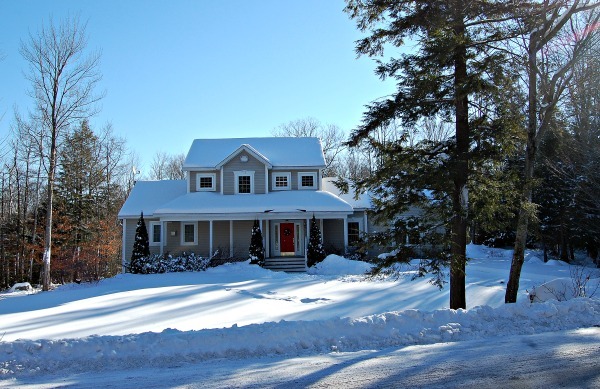
His point about cash flow is a good one. Perhaps the biggest sacrifice you make with a 15-year mortgage is less money each month. I’ve been thinking about this very theme, in relation to rental property.
Let’s imagine you’ve taken out the 15-year, $300,000 loan. Your monthly payment is $2108, versus $1432 for a 30-year loan. You pay almost $600 more per month for the 15-year mortgage.
(Real Estate) Investing with the Difference
Now, let’s look at a rental scenario. You’ve been approved for an investment property loan, as long as you can get 20% down on your $150,000 property, or $30,000. But you’ll also need some cash for closing and renovation, so you’ll need at least $40,000. Ideally, you’d want to have a year’s cash on hand for emergencies, but you’ve used up all your cash for renovations and you don’t have anything left for the rental.
Your loan interest rate is roughly 5%, so your monthly payment will be $644.19.
You find renters for the unit who pay $800 per month, which not only covers your mortgage payment, but also gives you a little extra to keep for repairs.
But after one year, the renters leave, and you aren’t able to rent the unit for six months. Could you carry the extra mortgage payment for six months with your fifteen year mortgage?
Let’s look at the math on the rental.
At the end of year ten, you have a balance of $97,610.48 on the rental, although it’s now bringing in a cash flow of $200 per month on average. The unit is now worth $160,000, leaving you with $62,389.52 in equity on the unit. You have a $242,691.80 balance on your 30-year mortgage, for a house now worth $380,000 (your mortgage was $300K, you put down 20%), so you have $137,308.20 in equity on your house.
That gives you a total of $215,847.51 in equity on the two properties, but that includes the $100,000 you put into both properties ($60K downpayment for your personal property and $40K downpayment and repairs for your second property).
If you’d taken out the 15-year mortgage, you’d now have a balance of $121,170.69, so a total equity of $258,829.31. You put down $60K for the property. After ten years, the 15-year mortgage is still handily beating a primary residence and a rental.
What about when the rental is paid off?

30-Year Mortgage + Rental
Thirty years in, you’ve paid:
30-year house: $567,944.93
Rental: $231,906.94
Minus rent received: -$300,000
You’ve paid (total): $499,851.87
Equity: $1,390,549 (using a 3.4% average growth rate)
Cash flow: $20,000 ($2,000/month on the rental that’s now worth about $410K, with $4K taken out for taxes and maintenance)
(We’re ignoring what you paid for insurance, taxes, and maintenance over the years for simplicity’s sake).
So you’ve got two houses worth over a million dollars PLUS cash flow.
15-Year Mortgage + Investments
Or at the end of 30 years with a shorter mortgage and no rental:
15-year house: $402,958.48
Equity: $981,564
Investments: $767,866 (assuming $2238.66 saved each month for 15 years, 8% compound return in an index fund).
What you paid into investments: $402,958.80
What you paid (total): $805,917.28
Total assets: $1,170,824
Cash flow: $30,715 (if you take out 4% per year).
We’re assuming you’ve been a smart financial nerd and put your mortgage payment into investments after you paid off your house.
You’ve created an income stream for yourself with the rental, and $1.4M in equity.
You’ve created $1.2M in assets with no rental and investments, and a slightly larger cash flow (and no work maintaining the rental). BUT, you’ve paid $300,000 more into your investments than you did with the 30-year mortgage and rental.
You could have made the same real estate deal with your 15-year mortgage, but again, we go back to the cash flow problem. If you’re in a really tight place with your budget, spending almost 30% of your income on your mortgage, insurance, and taxes, then it would be hard to come up with $600/month to pay your rental mortgage if something goes wrong (and you might not qualify for the investment loan).
Bottom line? If you’re smart with your cash flow, a 30-year mortgage doesn’t have to be a long-term financial liability; it can be an asset.
Take It Out of Your Net Worth
My recommendation, if you take on a 30-year mortgage, is to remove your house from your net worth calculations. We currently include the equity we have in our home in our net worth calculations, but we do so because:
- We plan to live in our house for the next 10-15 years (hopefully completely paying off our 15-year mortgage)
- We plan to downsize in retirement and use the proceeds from the sale of our home for retirement purposes (to buy rental properties, invest in more index funds, etc.). We’ll probably rent in retirement, or, if we buy, then our cost-of-living assumptions will decrease. We’re also assuming the price of our home will stay flat or increase just slightly.
- I’m a hypocrite.
Just kidding on that last one, obviously. But my point is that your home isn’t income-producing, and if you have a 30-year mortgage, then it will take many years for you to build up enough equity in your home to really help you out in retirement, or in your financial independence pursuits.
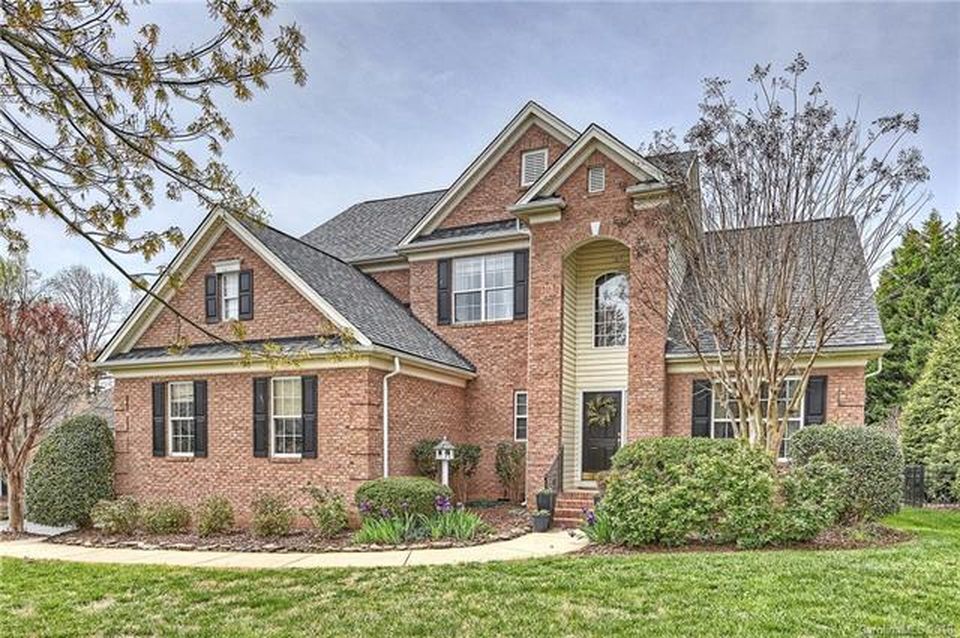
Mentally, if you treat your house as a place to live, versus an asset (if you’re thinking about its future growth then that’s speculation, about as un-sound an investment strategy as you can pursue), then you won’t be tempted to short yourself in other areas of saving and investing. And you’ll hopefully make smart money decisions with the “extra” money you free up by not taking out a 15-year mortgage.
This is a contentious topic, the 15-versus-30. But I wanted to look at the numbers, to see if an investment property could bring you out ahead.
So if you live in a HCOL area, go ahead and take out a 30-year mortgage. Just opt to pay it off early or otherwise make good investing decisions as you free up cash flow over the years.
Readers, what are your thoughts?

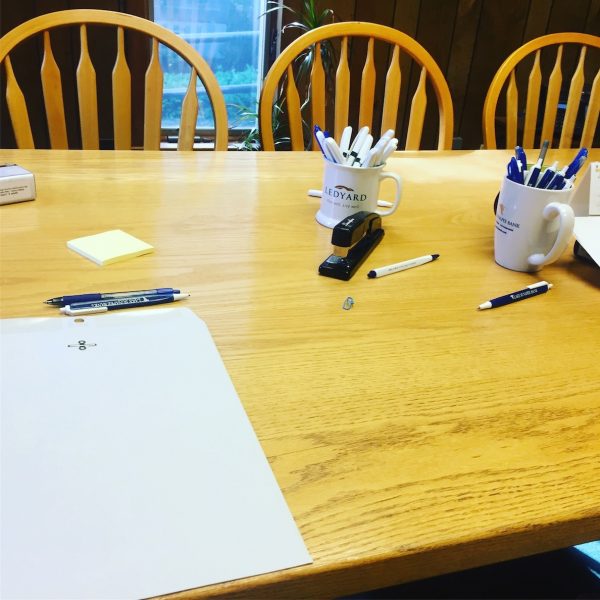

We are in a HCOL area and I’ve personally always been a big fan of ARMs. They have a 30 year amortization, yes, but they also usually have an interest rate closer to a 15 year amortization. I like them when your income is mostly not salary based. I bought our current place with a 5/1 ARM and used my non salary income to make extra principal payments. Any larger of a payment would have required me to use non salary income to make the normal payments, which I wasn’t comfortable with. When the ARM rate adjusted this year, we refinanced to a new ARM, this time with only 10 years left on the amortization. We are putting a large down payment down on the new place and will likely get a 7/1 ARM with a 30 year amortization and then make extra payments to try to get the payment down to within the monthly salary income.
I love this idea. Mr. ThreeYear gets a big bonus at the end of the year, but honestly, we’ve never thought of buying a house this way. I like it because it forces you to make extra payments on the house early on, so it’s like a forced savings plan on steroids.
So much food for thought, Laurie! Thanks for detailing all of this–I’m going to need a while to ‘digest’ it!
I’d never thought about comparing the 15yr to the 30yr + investing the difference to compare, and I like the idea. For our family, I think the fear of something happening and being unable to make the payment looms the largest. That idea of housing costs being at 10% is one I want to explore–I love a post that makes me get out the calculator! 🙂
Yep-I think that fear is real for a lot of people. I think the key is to figure out if you can afford the payments with one person’s income. Financial Samurai has a ton of good info on buying houses in HCOL areas BTW! I know-the 10% of housing is honestly such a good motivator to get your income up. We got ours down to about 12% in the old house but we’re not there yet with the new one!